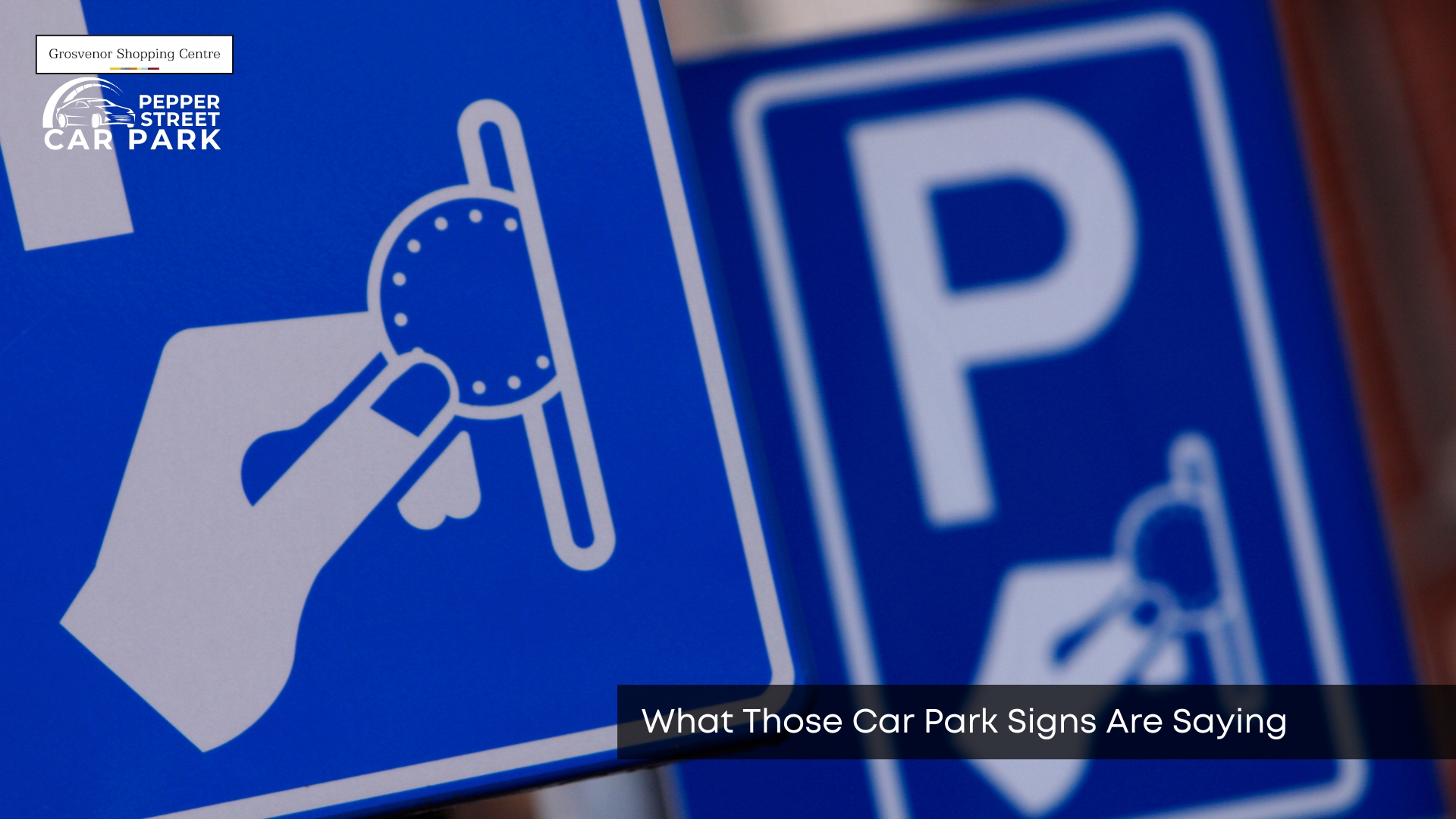Car park signs are more than just words on metal poles; they’re rules, warnings, and helpful hints rolled into one. Whether you’re in a busy shopping centre or a quiet residential street, these signs guide you on where and how to park. Many drivers ignore or misread them, which can lead to tickets or even have your car towed. Understanding car park signage is key to avoiding mistakes and making your journey smoother. Let’s break down what these signs mean and why you should pay attention.
Why Do Car Parks Use So Many Signs?
Car parks use signs to control space, protect safety and communicate rules clearly to all drivers. With limited space and many people coming and going, signs help keep things in order by setting parking limits, showing directions, and marking specific areas, such as disabled bays. Without signs, car parks would be chaotic and unsafe. Some signs also carry legal authority, especially in private parking lots where parking rules are strictly enforced. This is why reading them properly matters more than most drivers realise.
What Are the Most Common Car Park Signs?
The most common car park signs include time limits, payment instructions, permit-only zones and penalty warnings. You’ll often see “Pay and Display”, “Maximum Stay 2 Hours”, “Private Land”, or “Authorised Vehicles Only”. Some signs also indicate bays for electric vehicles or parent and child parking. These signs aim to make parking fair and efficient for all users. Each type of sign has its role, and misunderstanding them can cause problems beyond just a fine.
Are Car Park Signs Legally Enforceable?
Yes, many car park signs are legally enforceable, especially if they display clear terms and are part of a private parking contract. When you enter a private car park, you agree to follow the posted terms by default. If the signage is clear and visible, companies can issue penalty charge notices if you break the rules. Council-run car parks also enforce legal restrictions through traffic regulations. So knowing your rights and responsibilities helps avoid unnecessary disputes.
What Happens If You Ignore Car Park Sign Warnings?
If you ignore car park sign warnings, you may face fines, clamping, or even have your car towed. Private parking companies often send postal penalty notices, and some use number plate cameras to track overstays. Councils can issue fixed penalty notices that may affect your credit score if unpaid. Even minor errors, such as parking in a permit bay without a permit, can cost you. These consequences underscore the importance of reading each sign carefully before leaving your car.
Do Signs Always Match the Layout of the Car Park?
Not always; sometimes the signs can be confusing or poorly placed in the space layout. You might find a sign for disabled parking, but no clear markings on the ground, or a time limit sign hidden behind a tree. This mismatch can lead to unintentional rule-breaking. It’s wise to look around and match the signs to the bay you’re using. This attention to detail becomes even more important in shared or mixed-use parking spaces.
How Can You Tell If a Sign Applies to Your Bay?
You can tell if a sign applies to your bay by checking for arrows, bay numbers, or symbols directly above or near your space. Look for matching ground markings, such as painted lines, logos, or colours that reflect the sign. If the sign refers to “permit holders only” and your space lacks a permit label, it likely applies. Always match your position to the closest visible sign. Once you understand the visual cues, you can navigate more complex signs with greater confidence.
Are Private Car Park Signs Different from Those of the Council?
Yes, private car park signs often use different wording and layout compared to council signs. While council signs follow strict traffic regulations and adhere to standard designs, private signs often include more detailed contract terms and penalty notices. Private signs usually highlight camera use, parking limits and company names. It’s important to know which type of car park you’re in, as this changes how rules are enforced. This also affects how to challenge any tickets you might receive. Knowing the difference also helps you avoid private car park fines that catch out drivers unfamiliar with the rules.
What Should You Do If a Sign Is Missing or Unclear?
If a car park sign is missing, blocked or unclear, take photos and avoid parking in questionable areas. You can use this evidence to dispute penalties later if needed. Poor signage can sometimes make a ticket unenforceable, especially in private car parks. Report missing or damaged signs to the car park operator or the relevant council, depending on who manages the site. This protects you and helps others avoid similar problems.
Can Car Park Signs Help with Accessibility?
Yes, car park signs play a major role in accessibility by guiding people to designated spaces for drivers with disabilities or parents with children. These signs help create safer, closer, and more suitable 24 hour parking in Chester for those with specific needs. They are usually marked with wheelchair symbols or family icons. Misusing these bays can lead to fines and cause unfair access problems for those who need them. This makes it even more crucial to understand the meaning of each symbol and message.
Why Clear Signage Makes a Big Difference
Clear signage makes parking stress-free by clearly indicating what to do and where to go. It eliminates guesswork, reduces the likelihood of mistakes, and helps keep traffic flowing smoothly through the space. Signs also protect car park owners by proving they warned users about the rules and penalties. When everyone follows clear signs, there’s less confusion and fewer disputes. This illustrates just how useful effective car park signage can be. Clear sign systems like those at Pepper Street car park set a strong example for how signage supports safe, simple parking.


Leave a Reply